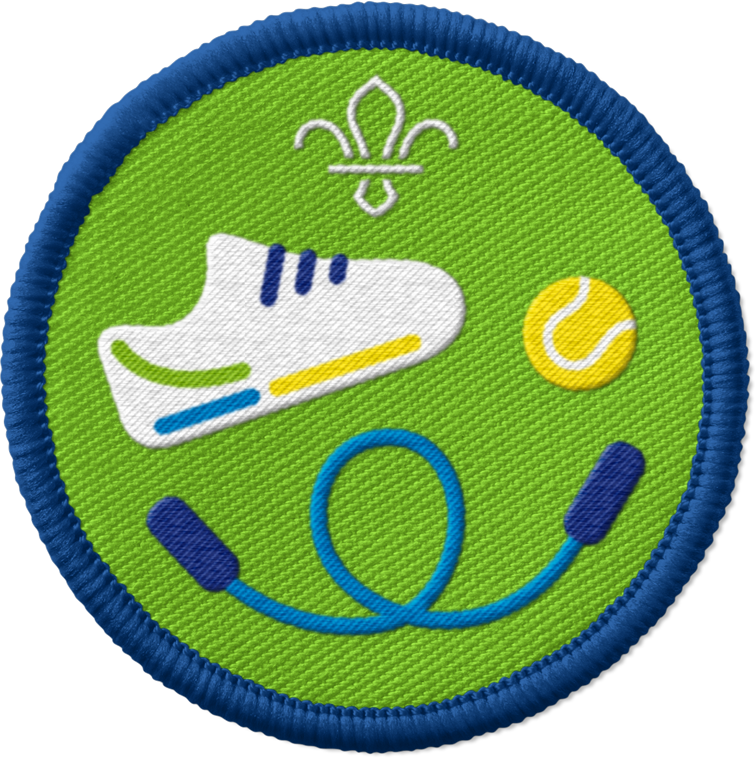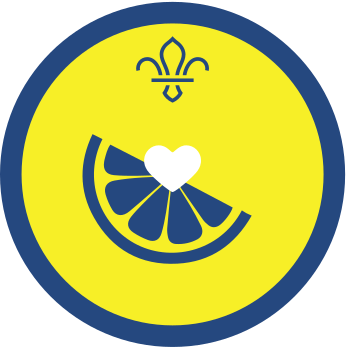
Play Santa's Coming
You’ll need
- Hoop, chalk or masking tape to mark base (optional)
Before you begin
- Use the safety checklist to help you plan and risk assess your activity. Additional help to carry out your risk assessment, including examples can be found here. Don’t forget to make sure all young people and adults involved in the activity know how to take part safely.
- Make sure you’ll have enough adult helpers. You may need some parents and carers to help if you’re short on helpers.
Learning the actions
- One member of the group is the Elf. This person will call out the actions. It could be a young member, young leader or adult volunteer.
- Everyone else should stand in the centre of the space, ready to respond to the commands with the appropriate action.
- Everyone should practice the Elf’s commands. You could choose a selection from or all the following:
-
- North Pole: run to the left of the space
- South Pole: run to the right of the space
- Santa’s coming: put your hands on your tummy and pretend to laugh
- Climb the chimney: reach up and pretend to climb up a chimney
- Rudolph: spread your fingers and put your hands on side of head, like a Moose
- Ice skating: pretend to ice skate around the room
- Snowballs: crouch down and get into ball
- Wrap the presents: kneel and pretend to wrap a present
- Christmas tree: use your arms to make a triangle above head
- Fireplace: freeze, rub your hands together and keep warm
- Snowman: stand still and put your arms out to the sides, like a snowman
- Turkey: flap your arms and walk around like a Turkey
- An adult volunteer or young leader could do the actions as they’re shouted out for people to copy. You may want to have a written out or printed copy of the actions.
- You could start to get faster to make it harder and play it so the last person to do the action is out.
- Alternatively, if you want to people to become out as you play the game, you could add in these actions:
-
- Sleigh ride (5,4,6,2,3): Players must get into a group of that number of people as quickly as possible and pretend to be reindeer. Anyone not in a group or with a lower number in their group could be out.
- Carollers then (5,4,6,2,3): Players must get into a group of that number of people as quickly as possible and pretend to sing. Anyone not in a group or with a lower number in their group could be out.
- Pull a cracker: Everyone should get into pairs and pretend to pull cracker. Anyone not in a pair could be out.
- Watch out, the Grinch: Everyone should run back a chosen base. The last player to the base is out. You could use a hoop, or mark a base on the floor using masking tape, chalk or similar.
Playing the game
- Once everyone knows the commands, play the game.
- You could have a practice round. Read out each action one by one and give people a little bit more time to remember the action.
- You could also add it more actions as you go to make the game harder.
- The person left at the end of the game is the winner.
- You could monitor your heartbeat before and after playing this game and understand the reasons for the change.
Reflection
This activity was about being active and having fun.
Was it hard to remember the commands? How did you remember them? Which was the hardest action to remember?
Did you rely on other people to help you to remember, or did anyone come up with any techniques? Did it become harder when we added in the competitive elements? Most importantly, did everyone have fun? What was your favourite action?
Finally, did you measure your heartbeat before this activity? How did you measure it? What was it like? After playing the game, did you measure your heartbeat again? What was it like then and why do you think it may have changed?
Do you think this game would be a good warm up and use lots of muscles? How could we make it a better warm up? Some suggestions might be you could move around the room until an action is called out.
Safety
All activities must be safely managed. You must complete a thorough risk assessment and take appropriate steps to reduce risk. Use the safety checklist to help you plan and risk assess your activity. Always get approval for the activity, and have suitable supervision and an InTouch process.
- Active games
The game area should be free of hazards. Explain the rules of the game clearly and have a clear way to communicate that the game must stop when needed. Take a look at our guidance on running active games safely.
- Contact games and activities
Make sure everyone understands what contact is acceptable, and monitor contact throughout the activity.
Introduce the commands at a pace suitable for the group.
You could label the playing space with the North Pole and South Pole to help people find them.
Adapt the actions to suit your group. For example, pointing or shouting the direction instead of running towards it.
You should change the actions or select actions that everyone can do, so everyone can join in. If someone may struggle to play the game, they could call out the commands.
If some people may struggle to do the actions quickly, you could play the game so that no-one goes out.
A young leader or adult volunteer could stand by the caller and do the actions to help everyone remember, too.
No-one has to touch someone else, or be touched, if they don’t want to. Make sure everyone is comfortable to do this or you could use an alternative action.
All Scout activities should be inclusive and accessible.
You could include this game as part of a festive party.
You could challenge the group to come up with their own commands, too.
Young people could suggest some actions for other Christmas related items or things, such as stockings, Elves or presents.

